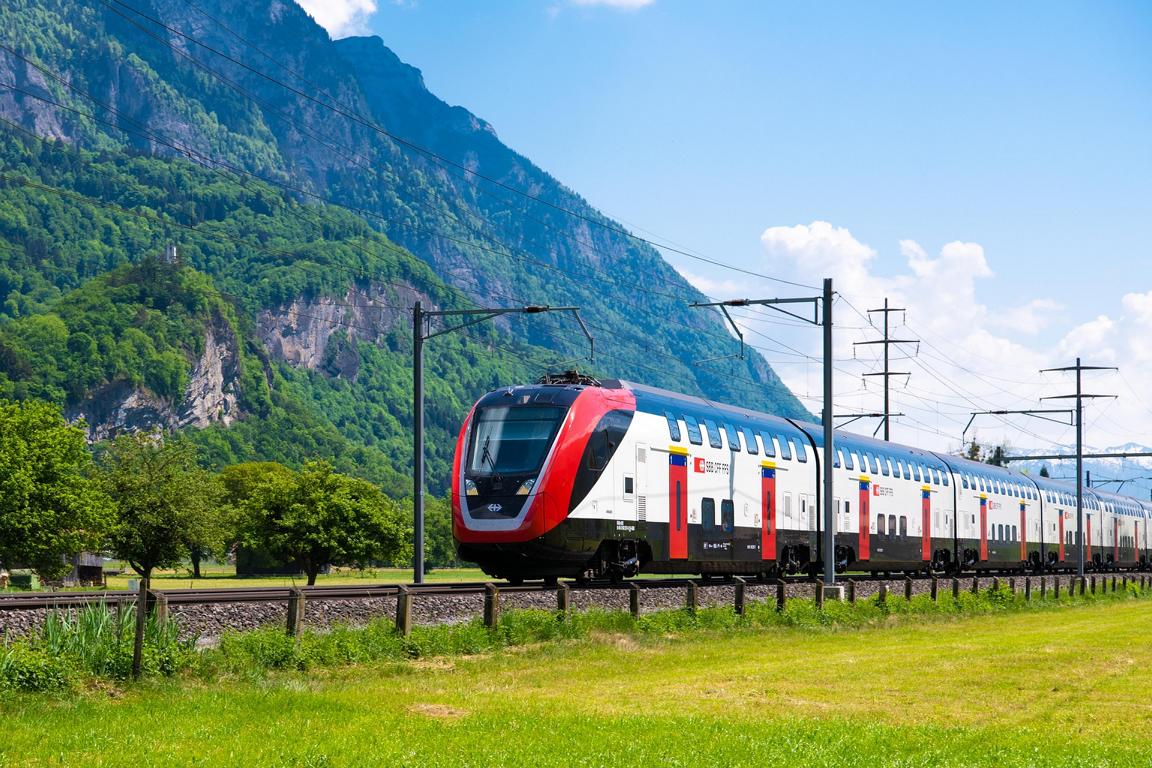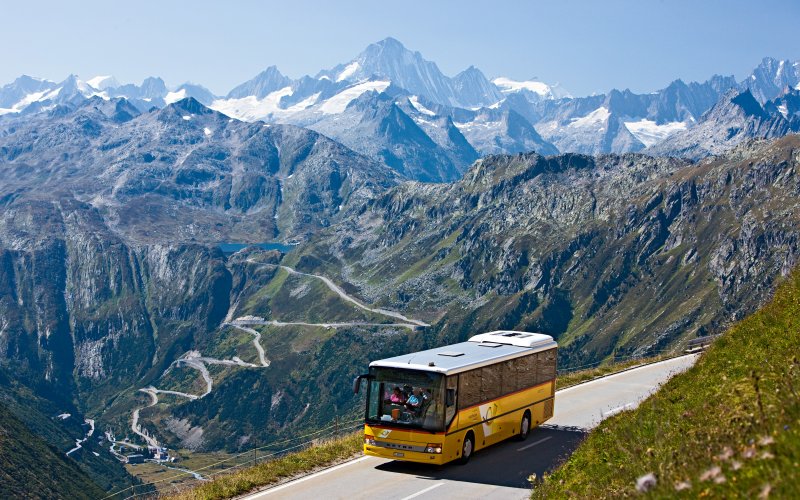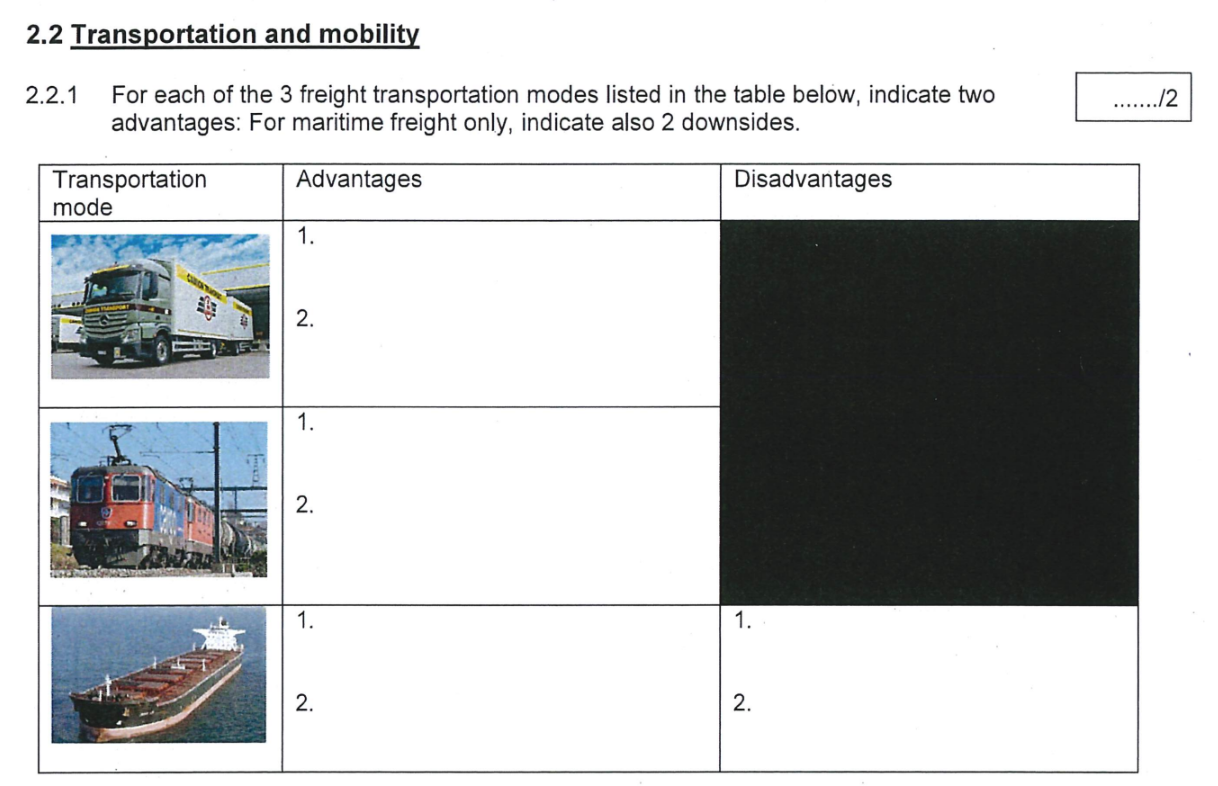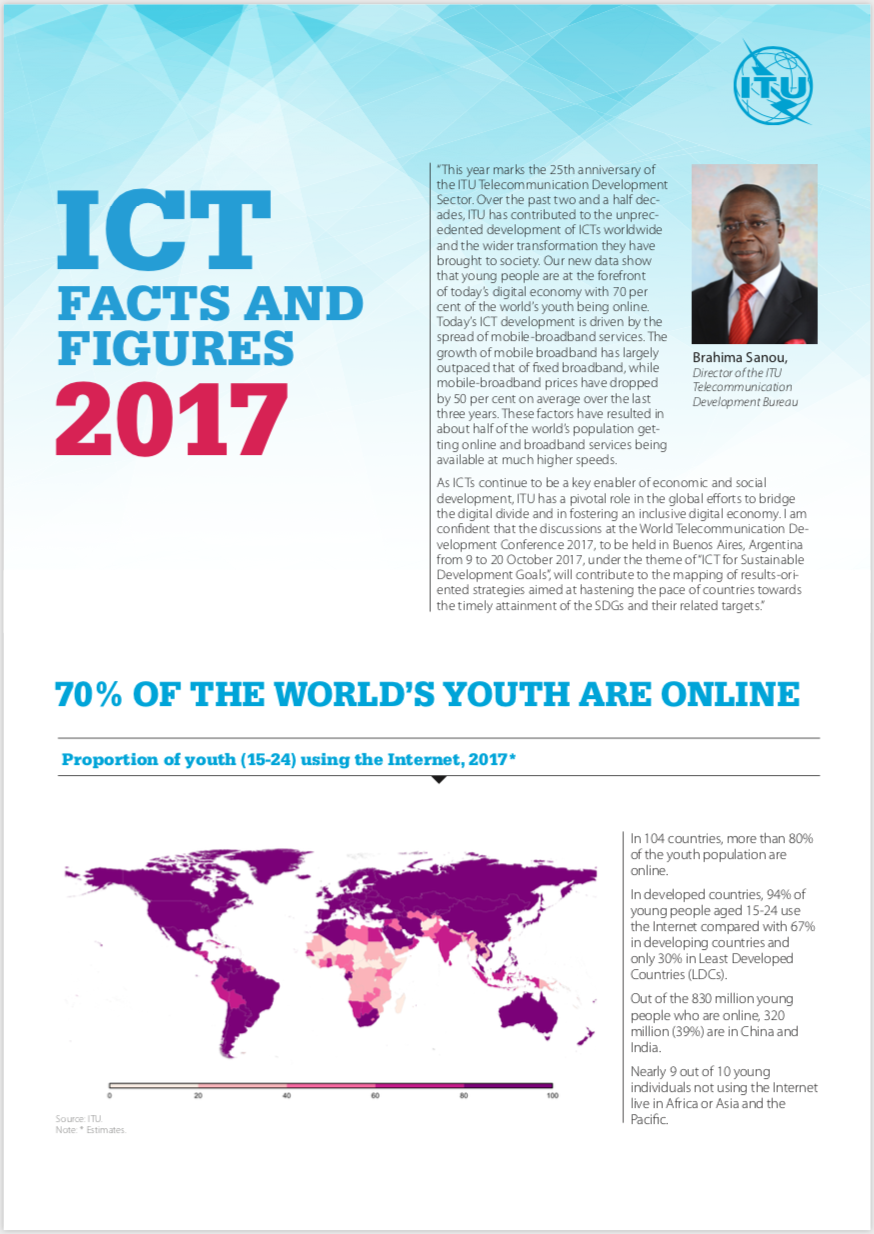




Networks
Highlight the spatial issues related to transportation and communication, especially concerning the impact of networks on the organisation of space and the living environment
Networks
Highlight the spatial issues related to transportation and communication, especially concerning the impact of networks on the organisation of space and the living environment
TASK ONE
Using your ‘Atlas Mondial Suisse’ search for and note the location of all maps relating to transport and communications in Switzerland and worldwide.
TASK TWO: TRANSPORT & COMMUNICATION IN SWITZERLAND
Using the map ‘Traffic de voyageurs et de marchandises’ p. 25, draw the national network of passenger and merchandise traffic on Switzerland’s railways.
Add an appropriate title and legend.
Spatial issues refer to problems or difficulties associated with the land surface. What specific spatial issues does Switzerland face with regards transport and communication? List as many ideas as possible.


TASK THREE: TRANSPORT ISSUES IN SWITZERLAND
Outline the main issues facing Switzerland with regards transport
Keeping freight off the road and on to rails – strict rules and the « piggy back » system
Beautiful landscapes that attract tourists – visual pollution
Counter-urbanisation and commuting
Landscape – the roads/ rails follow the contours
Growing international trade – with and within the EU
Environmental concerns over road transport - air and noise pollution
TASK FOUR: WORLD TRANSPORT
Read p 634 “Transport Routes and Networks”
Write a paragraph summary
Draw Figure 21.51 - Transport Costs
TASK FIVE: THE IMPACT OF NETWORKS ON THE ORGANISATION OF SPACE & ENVIRONMENT
According to SBB predictions, the number of rail users will double between 2010 and 2030, increasing from 50,000 to 100,000 passengers. To be sustainable, SBB's response to the population's mobility requirements called for a large-scale project.
Within this context, the cantons of Vaud and Geneva, the Federal Office of Transport (FOT) and SBB have a common objective – to double the seating capacity of services between Lausanne and Geneva and provide quarter-hourly Vaud and France-Vaud-Geneva RER services by 2030.
The implementation of these objectives depends not only upon investment in new rolling stock, but also infrastructure development. Lausanne and Geneva stations, which are currently saturated at rush hour, will see considerable changes, with new access and transit structures and also new commercial services.
Click on the Leman 2030 image above and explore the projects happening in the Vaud/Geneva region
Research 3 projects and explain how these projects might affect the environment
Prepare to share your ideas
TASK SIX: COORDINATION OF TRANSPORT PLANNING & SPATIAL DEVELOPMENT IN SWITZERLAND
In order to limit land use and urban sprawl, as well as the development of costs relating to transport infrastructure, efforts aimed at coordinating transport planning and spatial development need to be intensified. This involves a variety of activities, including:
At the federal level, and as far as possible together with the cantons, road, rail and air transport as well as human-powered mobility need to be more efficiently coordinated.
The overall transport policy has to be closely interwoven with spatial planning and the cantonal development plans in order to reduce the volume of traffic as far as possible by curbing urban sprawl and ensuring high-quality inner-urban development.
The potential of increasing digitisation for facilitating the more efficient use of infrastructure and space needs to be utilised.
Transport infrastructure is of great importance for the attractiveness of a business location. It is therefore essential to secure its functionality and efficiency through the use of new smart concepts, e.g. the utilisation of data.
Both road and railway infrastructure have to be financed over the long term and in a calculable manner via fund solutions (operation, maintenance and expansion of infrastructure).
Spatial development and transport planning are becoming increasingly influenced by conditions in Europe. This means there is a need for intensified cross-border planning and coordination of spatial development and transport policies.

MODES OF TRANSPORT
Highlight the advantages and disadvantages of different means of transport
MODES OF TRANSPORT
Highlight the advantages and disadvantages of different means of transport
Transport systems have a range of advantages and disadvantages which make them more or less suitable for different areas.
Using your textbook resources, make a brief presentation of one type of transport, focusing on the columns below.
EXAM PRACTICE
The following question is taken from the Summer 2018 exam paper

Swiss Transport Policy
Present the major issues and current projects of transport policy in Switzerland.
Swiss Transport Policy
Present the major issues and current projects of transport policy in Switzerland.
TASK ONE: GEOGRAPHICAL CONTEXT
Examine the map and summarise the text.
Figure 1. The Rotterdam-Genoa Rail Corridor
An excellent transport infrastructure with good international links is important for Switzerland’s economic growth and competitiveness. Switzerland pursues a sustainable and environmentally-friendly transport policy i.e. transport infrastructure must be organised in such a way that growing demand is met, while minimising environmental impact.
One of the central principles of Swiss transport policy is that as much transalpine freight traffic as possible must be moved from road to rail. A package of measures has been implemented to achieve this objective. The most important of these measures is the construction of the New Rail Link through the Alps (NRLA). (Source)
TASK TWO: PIGGY-BACK TRANSPORT
Describe how “piggy-back” transport works. Define intermodal and combined transport. Explain how this links to Switzerland’s transport policy.
Piggyback transportation refers to the transportation of goods where one transportation unit is carried on the back of something else. It is a specialised form of intermodal transportation and combined transport.
TASK THREE: SWISS TRANSPORT POLICY
Read and highlight the document.
What are the goals of the Alpine Initiative?
Describe two measures taken by the Swiss government to achieve the goals of the Alpine Initiative.
Which tunnels constitute the NRLA project?
To what extent has the NRLA been successful?
TASK FOUR: THE GOTTHARD BASE TUNNEL
Watch the documentary and read the article. Create a fact-file summarising the Gotthard Base Tunnel and the benefits it brings to Switzerland and Europe.
In what ways will the Gotthard Base tunnel improve transport in Switzerland?
How does the GBT link to wider European transport policy?
What other benefits has the GBT brought to Switzerland?
TASK FIVE: “CARGO SOUS TERRAIN”
Watch the video and explore the web pages











